Artificial intelligence (AI) is becoming more and more prevalent in our society, and it has many benefits for education. AI can help teachers personalize learning, provide feedback, and automate tasks.
However, AI also poses some challenges for academic integrity, as students may be tempted to use AI tools to generate or assist their assignments. This can undermine learning outcomes and the development of critical thinking skills.
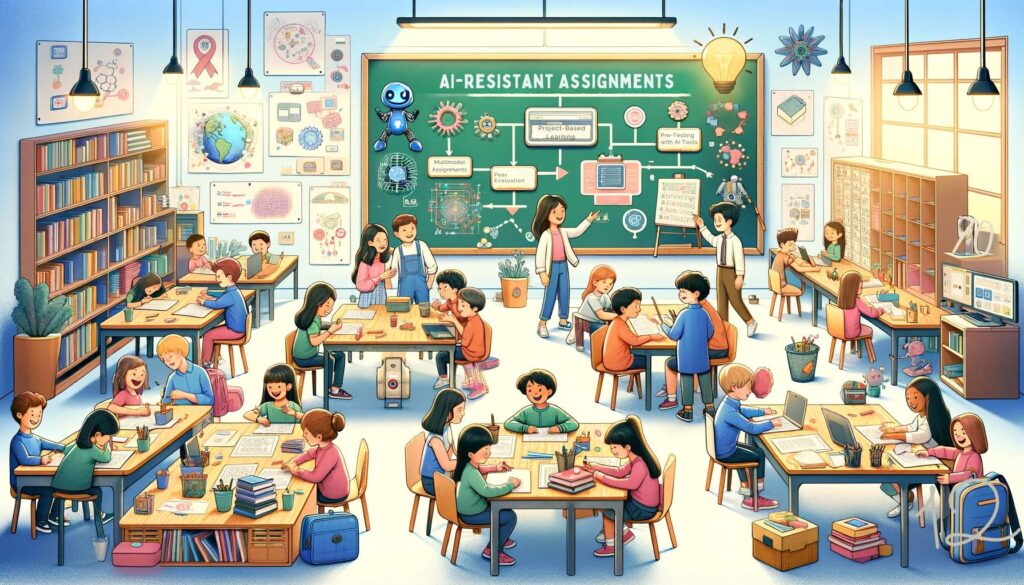
How can teachers create assignments that are resistant to AI manipulation and encourage authentic student work? In this blog post, we will explore some strategies for designing AI-resistant assignments for K–12 classrooms.
These strategies aim to foster student engagement, creativity, and reflection while reducing the opportunity and incentive for students to use AI tools inappropriately. We will also discuss some tips for detecting and preventing AI-assisted cheating and how to use AI as a positive learning tool rather than a threat.
Strategy 1: Personal and Reflective Writing
One of the most effective ways to create AI-resistant assignments is to ask students to write about topics that are personal and reflective. Students must draw on their own experiences, feelings, or decisions when writing personal essays because these are distinctive and difficult for AI tools to replicate.
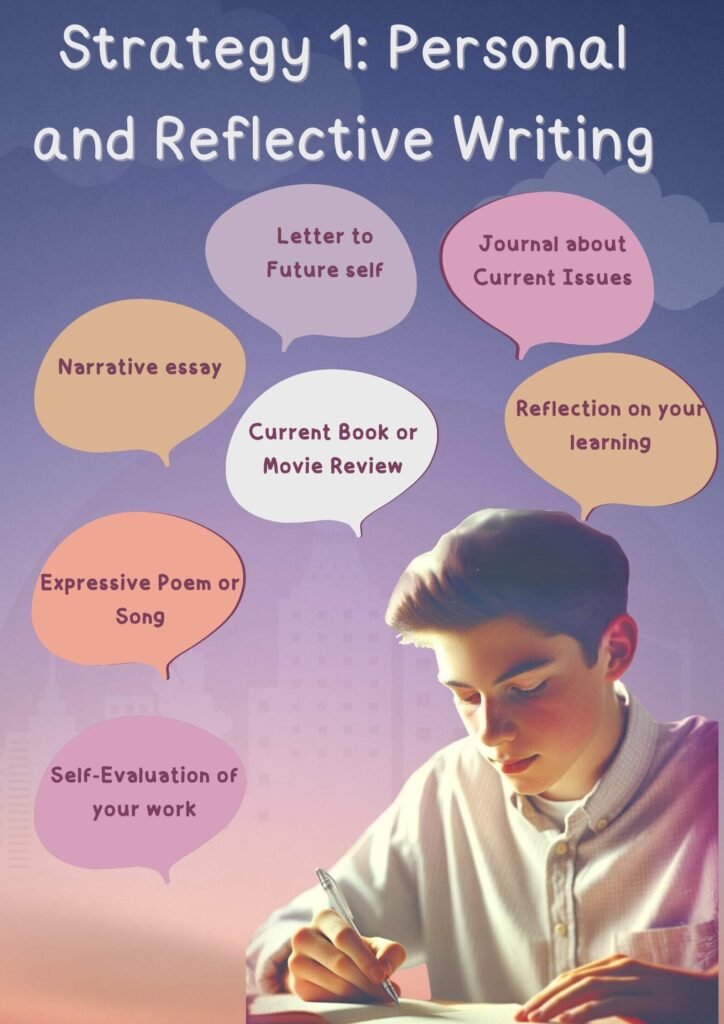
Reflective writing requires students to analyze and evaluate their own learning, actions, or beliefs, which are complex and subjective. Personal and reflective writing can help students develop their voice, identity, and critical thinking skills, as well as foster a deeper connection with the content and the audience.
Some examples of personal and reflective writing assignments for K–12 classrooms are:
Personal and Reflective Writing Assignments
When assigning personal and reflective writing, teachers should provide clear guidelines, rubrics, and feedback to help students understand the expectations and criteria for success.
Teachers should also respect students’ privacy and choice and allow them to opt out of sharing their personal writing with others if they feel uncomfortable. Teachers should also encourage students to use their own voice and style and avoid plagiarism or copying from other sources.
Strategy 2: Local or Community Issues
Another method for developing AI-resistant assignments is to have students conduct research and analysis on topics relevant to their local or community context. Local or community issues are often more meaningful and engaging for students, as they can relate them to their own experiences and interests.
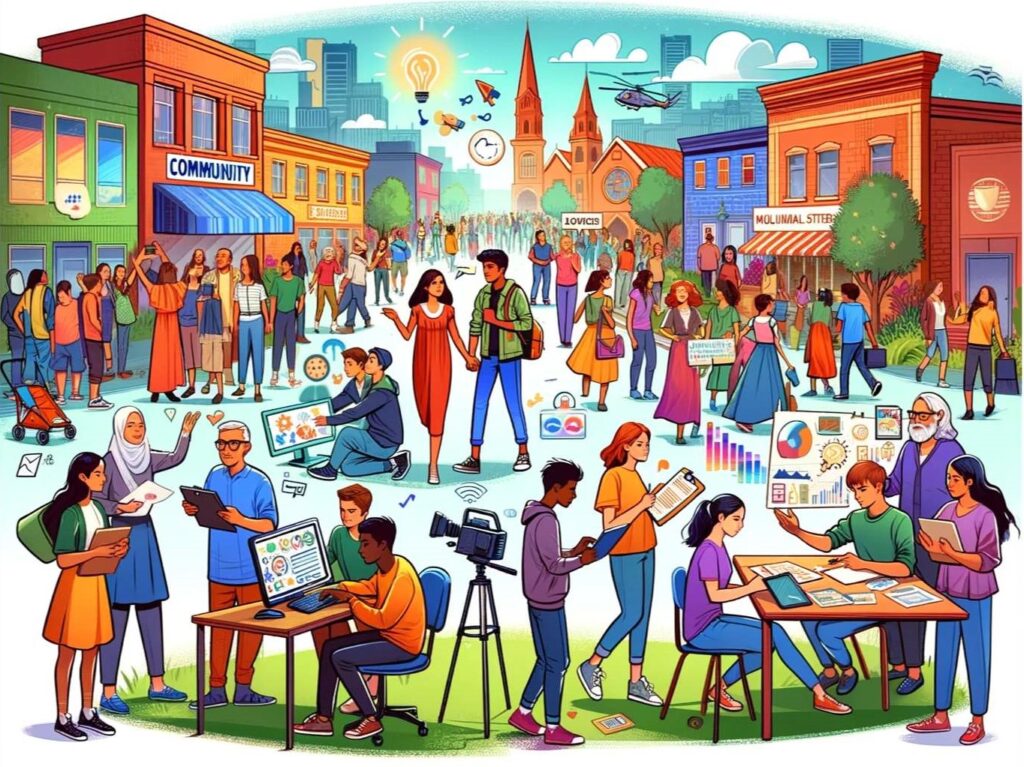
Local or community issues are also more dynamic and diverse, as they may vary depending on the location, culture, and history of the community. Local or community issues can help students develop their research, analysis, and communication skills, as well as foster a sense of civic responsibility and social awareness.
Some examples of local or community issue assignments for K–12 classrooms are:
Local or Community Issue Assignments
In the process of assigning tasks related to local or community issues, it’s crucial for teachers to offer direction, materials, and critiques to assist students in carrying out thorough and principled investigations and evaluations.
Moreover, acknowledging the diversity and preferences of students is essential, and teachers should permit them to choose subjects that are pertinent and suitable to their local or community circumstances. It’s also important for teachers to promote the use of various reliable resources by students and to steer clear of plagiarism or prejudice.
Strategy 3: Showing Work and Explaining Process
Asking students to show their work and talk about how they wrote it, including how they came up with ideas, organized their thoughts, and made decisions, is another way to make assignments that AI can’t get through.
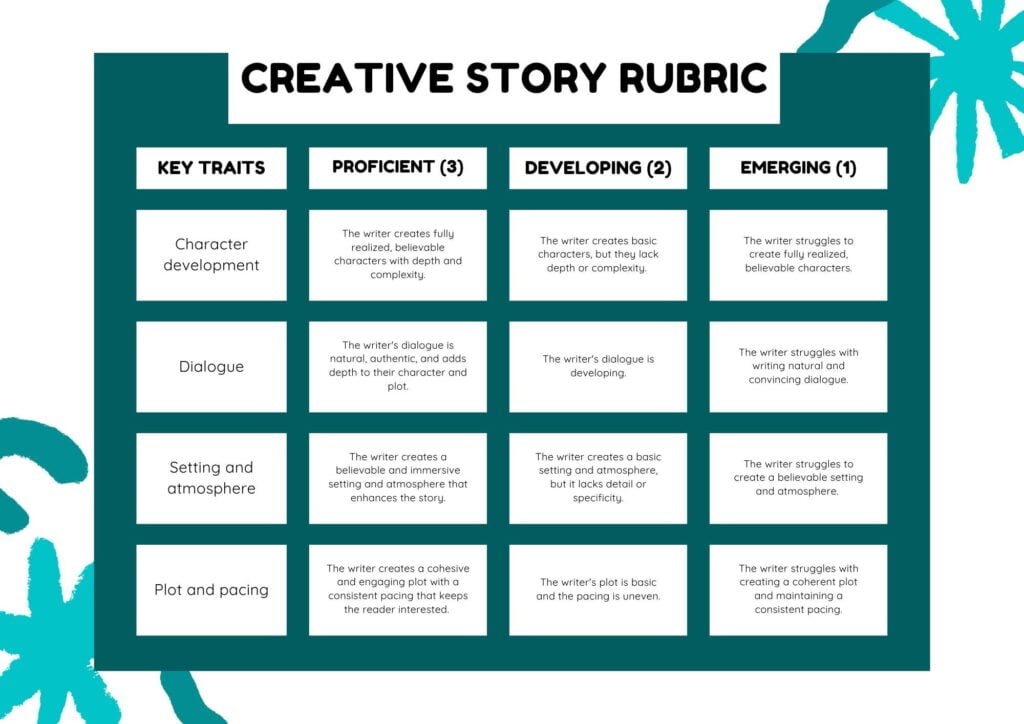
Showing work and explaining processes require students to demonstrate their thinking and reasoning behind their writing, which are difficult to imitate with AI tools. Showing work and explaining processes can help students develop their metacognitive and self-regulation skills, as well as foster a growth mindset and a sense of ownership over their writing.
Some examples of showing work and explaining process assignments for K–12 classrooms are:
Showing Work and Explaining Process Assignments
Teachers should provide scaffolds, models, and feedback to help students understand and apply the writing process effectively and efficiently when assigning showing work and explaining process assignments.
And finally, teachers should value each student’s uniqueness and freedom, letting them use the tools and methods that work best for them. Teachers should also tell students to write in their own words and not copy or paraphrase from other sources.
Strategy 4: Written Work and Oral Presentations
Assigning written assignments to students along with oral presentations that let them show off their comprehension and communication abilities is another technique to make assignments that are resistant to AI.
Combining written work with oral presentations requires students to synthesize and summarize their written work in a clear and concise way, which are challenging tasks for AI tools.
Combining written work with oral presentations can help students develop their multimodal and interpersonal skills, as well as foster a deeper comprehension and retention of the content.
Some examples of combining written work with oral presentation assignments for K–12 classrooms are:
Combining Written Work with Oral Presentations
Teachers should provide support, examples, and comments to help students give good oral presentations when assigned written work and oral presentations. Teachers should also appreciate students’ variety and let them choose topics and methods they like. Use visual aids and technology and avoid reading notes or slides; teachers should advise.
Strategy 5: Project-Based Learning
Another way to create AI-resistant assignments is to ask students to engage in project-based learning that involves collaboration, creativity, and problem-solving. Project-based learning (PBL) is a learner-centered instructional approach that immerses students in real-world projects that foster deep learning and critical thinking skills.
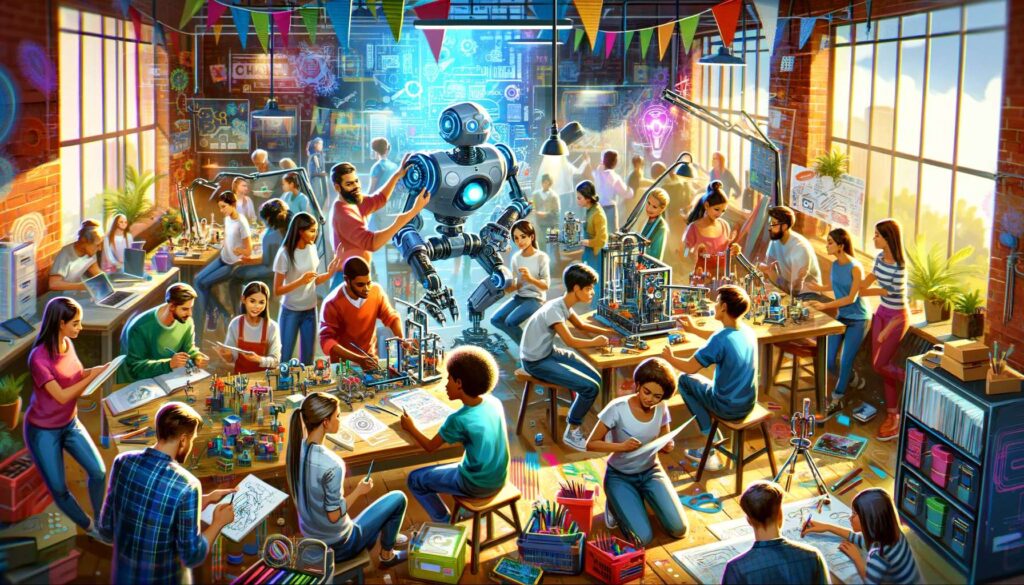
Project-based learning requires students to work in teams to solve a real-world problem or answer a complex question, using multiple disciplines and sources.
Project-based learning can help students develop their multimodal and interpersonal skills, as well as foster a sense of civic responsibility and social awareness.
Some examples of project-based learning assignments for K–12 classrooms are:
Project-Based Learning Assignments
Teachers should scaffold, model, and provide feedback to help students plan and manage project-based learning assignments.
When it comes to students, teachers should also respect their differences and give them the freedom to choose topics and formats that interest and appeal to them.
Additionally, teachers ought to encourage students to work with public partners like businesses, universities, or community organizations to create a public product that is accessible to people outside the school community.
Strategy 6: Pre-Testing with AI Tools
Pre-testing the assignment with ChatGPT or other comparable AI tools to determine its vulnerability and modify the prompt appropriately is another technique to create assignments that are resistant to AI.
Pre-testing the assignment with AI tools can help teachers anticipate and prevent potential cheating or misuse by students who may use these tools to generate or assist their assignments.
Pre-testing the assignment with AI tools can also help teachers design more authentic and rigorous assignments that challenge students to think critically and creatively.
Some examples of pre-testing the assignment with AI tools for K-12 classrooms are:
Pre-Testing with AI Tools
In the context of utilizing AI tools for preliminary task testing, teachers should avoid dependence on a single tool or source. They should instead employ a range of reliable tools for a comparative analysis of the results. Teachers should not only use AI tools for assessing and modifying the homework prompt but also apply their professional expertise and knowledge.
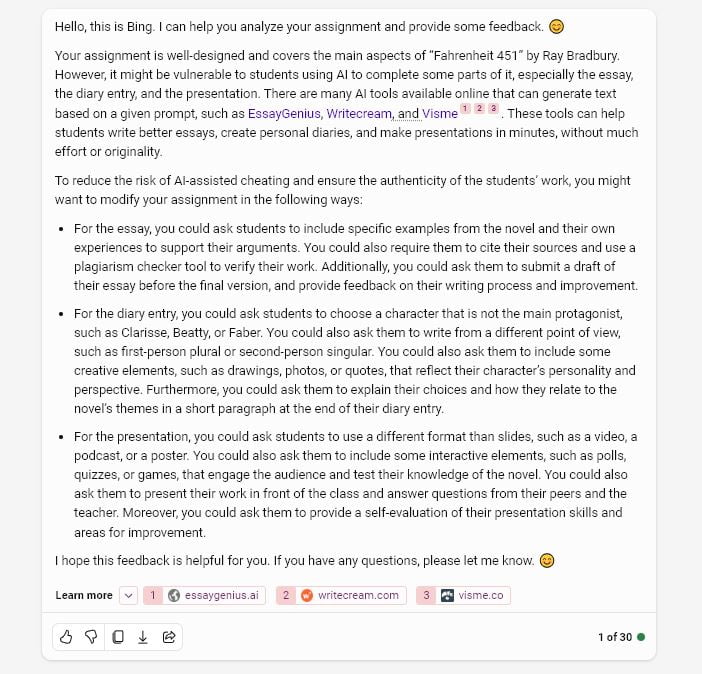
Teachers should also talk to their students about the pros and cons of AI tools and teach them how to use them in a way that is proper and moral in school.
Strategy 7: Peer Evaluation and Collaboration
Asking students to include peer evaluation and collaboration in their assignments can also help create AI-resistant assignments by encouraging accountability and feedback from their peers.
Peer evaluation and collaboration are processes that involve students giving and receiving feedback, suggestions, and support from each other on their work. Peer evaluation and collaboration can help students develop their social and emotional skills, as well as foster a sense of community and trust among students.
Some examples of peer evaluation and collaboration assignments for K-12 classrooms are:
Peer Evaluation and Collaboration Assignments
When assigning peer evaluation and collaboration assignments, teachers should provide guidelines, models, and feedback to help students engage in effective and respectful peer interactions.
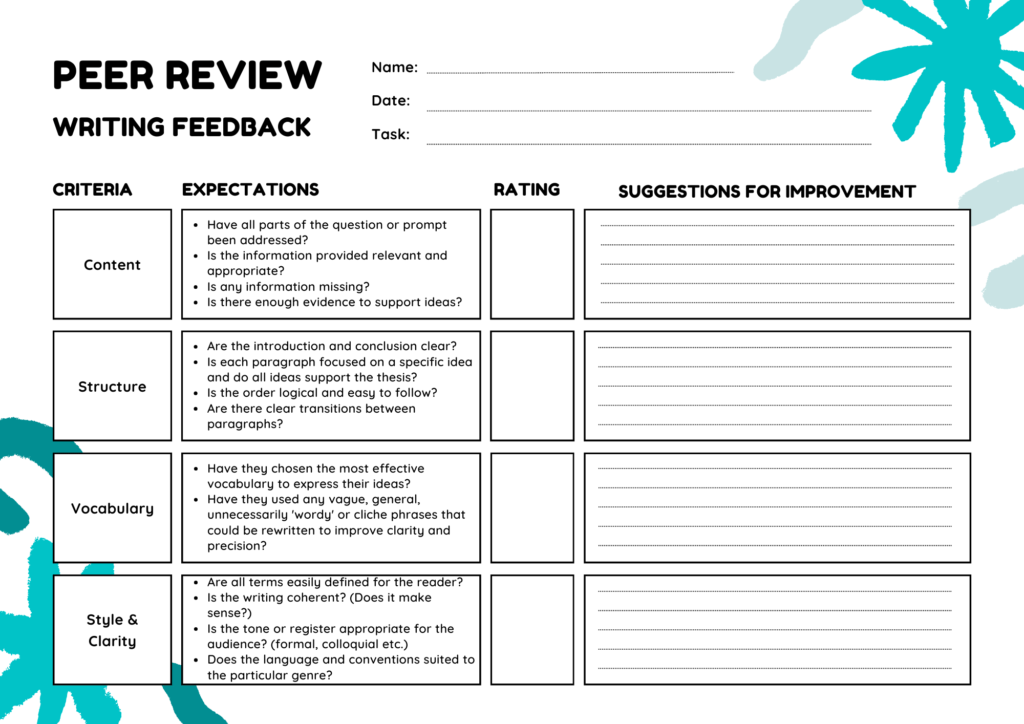
Teachers should also respect students’ diversity and choice and allow them to choose their peers or assign them randomly or strategically. Teachers should also encourage students to use rubrics, checklists, or criteria to give and receive constructive and specific feedback.
Strategy 8: Multimodal Assignments
Multimodal assignments are assignments that involve the use of more than one mode of communication, such as text, images, videos, audio, etc. These assignments can help students express their ideas and understanding in different ways, and appeal to different audiences and purposes.
Multimodal assignments can also challenge students to think creatively and critically and use technology and digital tools effectively and ethically.
Some examples of multimodal assignments for K-12 classrooms are:
Multimodal Assignments
To design and implement multimodal assignments, teachers should consider the following tips:
- Provide clear instructions, rubrics, and examples to help students understand the expectations and criteria for the multimodal assignments.
- Provide guidance, resources, and feedback to help students plan, create, and evaluate their multimodal products.
- Provide options and flexibility for students to choose the modes and formats that suit their learning styles and preferences.
- Provide opportunities and platforms for students to share and present their multimodal products with their peers and other audiences.
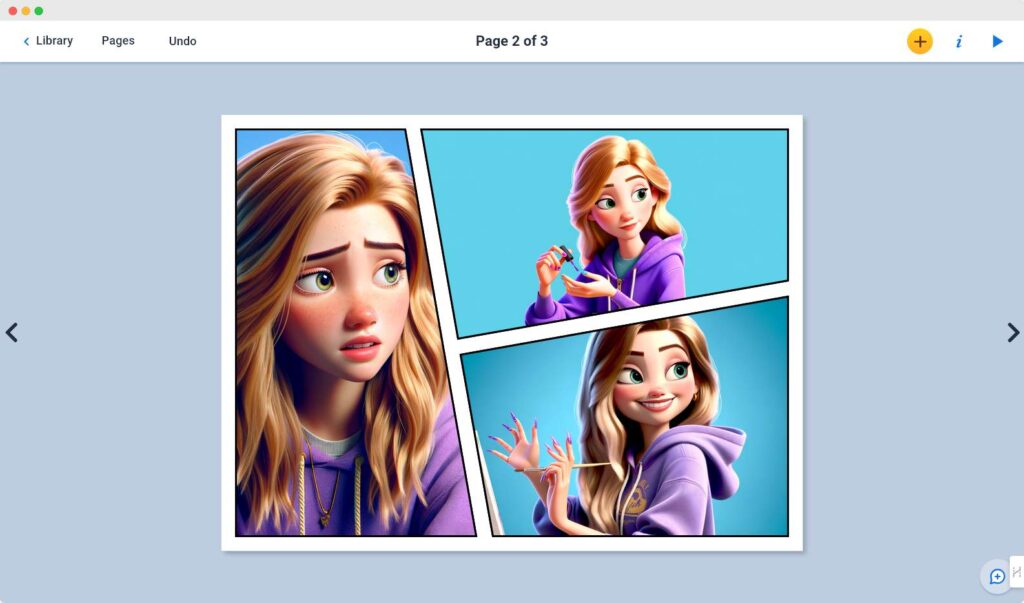
Strategy 9: Reflection on Discussions or Readings
Reflection is a powerful learning strategy that involves thinking deeply and critically about one’s own learning experiences, actions, or beliefs.
Reflection can help students develop their metacognitive and self-regulation skills, as well as foster a growth mindset and a sense of ownership over their learning. Reflection prompts are questions or statements that guide students to reflect on their learning process and outcomes.
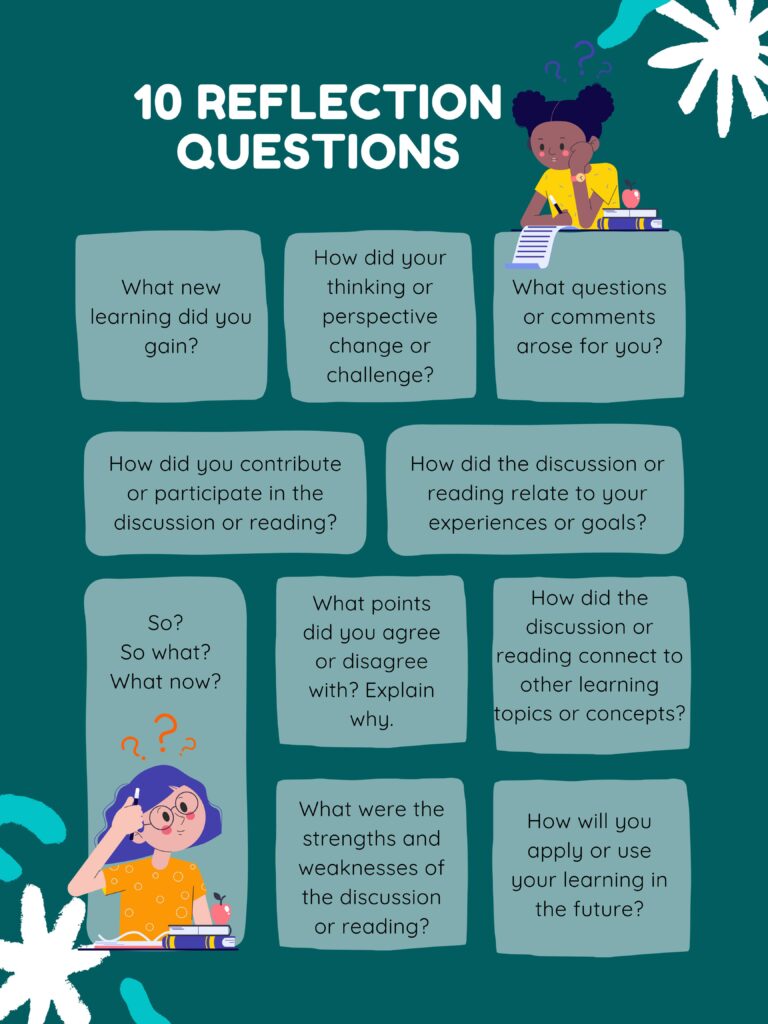
One way to create AI-resistant reflection prompts is to require students to reflect on classroom discussions or readings that are not easily accessible by AI tools. Classroom discussions or readings are rich sources of learning that involve multiple perspectives, interpretations, and connections.
Classroom discussions or readings are also dynamic and diverse, as they may vary depending on the teacher, the students, and the context. Classroom discussions or readings can help students deepen their understanding and communication skills, as well as appreciate different viewpoints and experiences.
Some examples of reflection prompts that require students to reflect on classroom discussions or readings are:
Write a short and relevant headline
When creating reflection prompts that require students to reflect on classroom discussions or readings, teachers should consider the following tips:
- Provide clear instructions, rubrics, and examples to help students understand the expectations and criteria for the reflection prompts.
- Provide guidance, resources, and feedback to help students engage in effective and meaningful reflection.
- Provide options and flexibility for students to choose the format and mode of their reflection, such as written, oral, or visual.
- Provide opportunities and platforms for students to share and discuss their reflections with their peers and other audiences.
Strategy 10: Annotations and Citations
One more way to create AI-resistant assignments is to ask students to use annotations and citations that demonstrate their use of sources and evidence.
Annotations and citations are methods of acknowledging and documenting the sources of information, ideas, or data that are used in a written work.
Annotations and citations can help students develop their research and writing skills, as well as foster academic integrity and ethical conduct.
Some examples of annotations and citation assignments for K-12 classrooms are:
Annotations and Citations Assignments
To create and use annotations and citations effectively, teachers should consider the following tips:
- Provide clear instructions, rubrics, and examples to help students understand the expectations and criteria for the annotations and citation assignments.
- Provide guidance, resources, and feedback to help students select, evaluate, and use their sources and evidence appropriately and ethically.
- Provide options and flexibility for students to choose the sources and evidence that suit their topics and purposes.
- Provide opportunities and platforms for students to share and discuss their annotations and citations with their peers and other audiences.
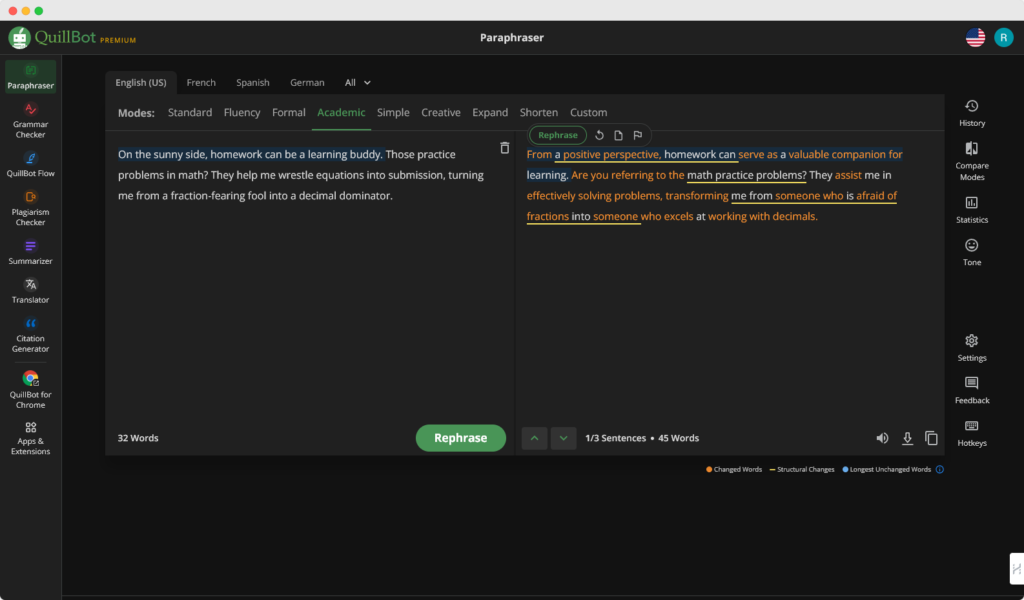
Conclusion: How to Create AI-Resistant Assignments for K-12 Classrooms
Artificial intelligence (AI) is a powerful and useful tool for education, but it also poses some challenges for academic integrity and authentic learning.
In this blog post, we have discussed some strategies for creating AI-resistant assignments for K-12 classrooms.
These strategies aim to foster student engagement, creativity, and reflection while reducing the opportunity and incentive for students to use AI tools inappropriately or unethically.
We have also provided some examples and tips for designing and implementing these strategies in various subjects and contexts.
We hope this blog post has inspired you to create more AI-resistant assignments for your students and help them develop their critical thinking and communication skills.
We also hope this blog post has informed you about the benefits and limitations of AI tools and how to use them effectively and ethically in an academic setting.
If you have any questions, comments, or suggestions, please feel free to share them with us. Thank you for reading, and happy teaching! 😊









Recent Comments